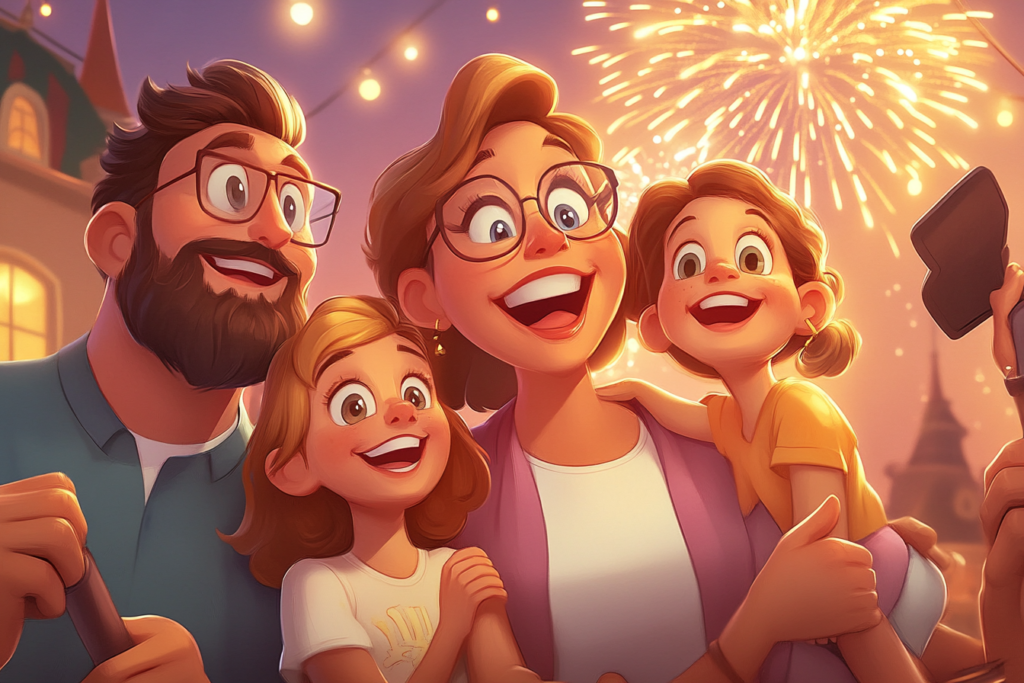
This time last year, we took the kids to Disneyland. One resounding memory is how each day ended with an incredible parade and a fireworks show.
That standout memory is NOT a coincidence.
In I Need That, I explore the Peak-End Rule: the psychological principle that we judge experiences primarily by their most intense point and how they end, rather than by the sum or average of every moment.
Great innovators like Disney leverage this to create lasting impressions.
Have you ever used a Nespresso machine?
The experience peaks with that perfect crema forming on your espresso, followed by the satisfying clink of the spent metal capsule dropping into the receptacle. They could have engineered dozens of different endings, but they chose one with a distinct sound that signals completion.
Or think about IKEA. I find the journey through their labyrinth exhausting. But they deliberately end my experience with inexpensive frozen yogurt or Swedish meatballs — creating a reliably positive, gratifying final note before I leave.
Misery forgotten. (Mostly.)
The Peak-End Rule explains why:
- Disney structures that entire day around building toward its finale
- Netflix auto-plays the next episode at the perfect moment before you move on
- Glossier includes surprise seasonal stickers in every package
- American Airlines serves warm fresh-baked cookies as flights begin their descent
Your brain does NOT catalog every moment of using a product. What it does is create a mental shorthand based on emotional peaks and final impressions.
Action for today: Visually map out your customer’s experience. Where are your current peaks? How does the journey end? If you’re not deliberately engineering these moments, you’re leaving buyer memories to chance.
Need help creating more memorable product experiences? Let’s talk strategic memory design — tap reply.
Laurier
Product Payoff: The founders of Le Labo fragrances studied this principle extensively. Every purchase ends with the same ritual: your fragrance mixed before your eyes, a personalized label printed on a vintage typewriter, and careful wrapping. That ending is what transformed a luxury purchase into a memory customers share obsessively online.
